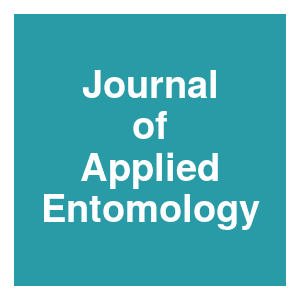Comparative response to post-production process of two Anastrepha ludens strains: Application in the sterile insect technique

|
J. Arredondo, J. F. Aguirre-Medina, J. S. Meza, J. Cancino and F. Diaz-Fleischer,
Journal of Applied Entomology,
11.
2021.

The new desiccation-resistant (DR) strain of Anastrepha ludens Loew differs in its life-history traits from the non-selected strain (NS). Given the innate resistance of DR flies to stressors, it is necessary to determine the packing and shipment conditions for their use in the sterile insect technique (SIT). First, we used pupae to evaluate the interaction of hypoxia period (12, 24 and 36 hr) and temperature (15.3 (+/- 0.9), 19.5 (+/- 1.0), 25.5 (+/- 0.6) and 30.1 (+/- 0.5) C-o). Second, adults were exposed to densities of 1.0, 1.3 and 1.5 flies/cm(2) and chilling periods of 0, 3 and 5 hr. We observed a negative relationship of emergence and flight ability with hypoxia period and temperature in both strains especially when flies were exposed to 36 hr of hypoxia and 30celcius. Interestingly, knock-down time decreased as male density increased, but when chilling time increased, recovery time also increased. Both chilling time and male density had negative effects on male weight. Chilling time reduced male survival when exposed to desiccation, while both chilling time and male density decreased male survival under starvation conditions. Negative effects on number of matings were observed only on the first day after chilling but not on the following days. We found that DR flies survive approximately twice as long as flies from the NS strain when exposed to starvation or desiccation stressors. We discuss our results on the basis of the potential use of DR flies in SIT programmes. More related to this: Gene Drive Dynamics in Natural Populations: The Importance of Density Dependence, Space, and Sex Genetically Modified Mosquitoes Released In US For First Time To Combat Disease First genetically modified mosquitoes released in US
|



